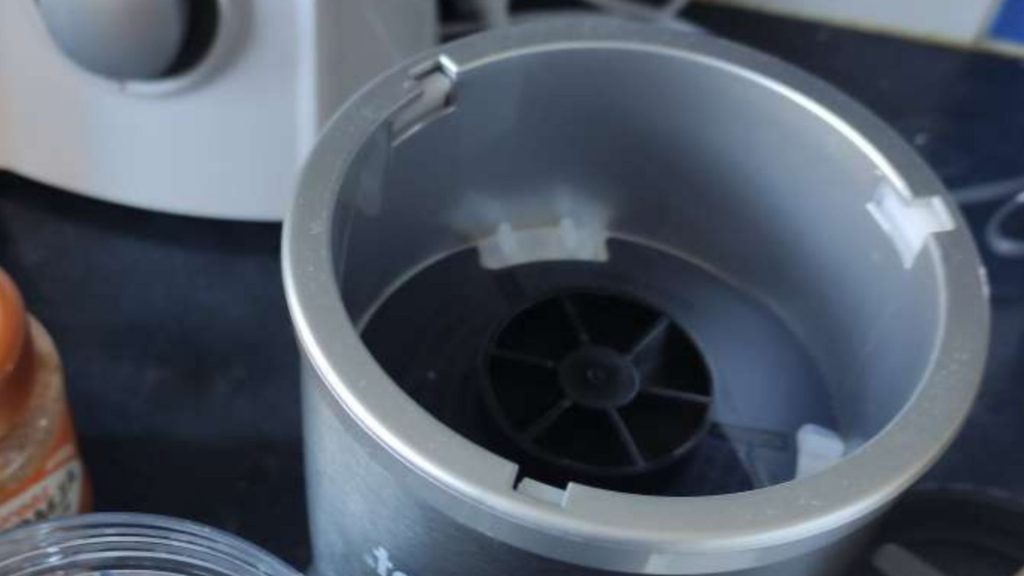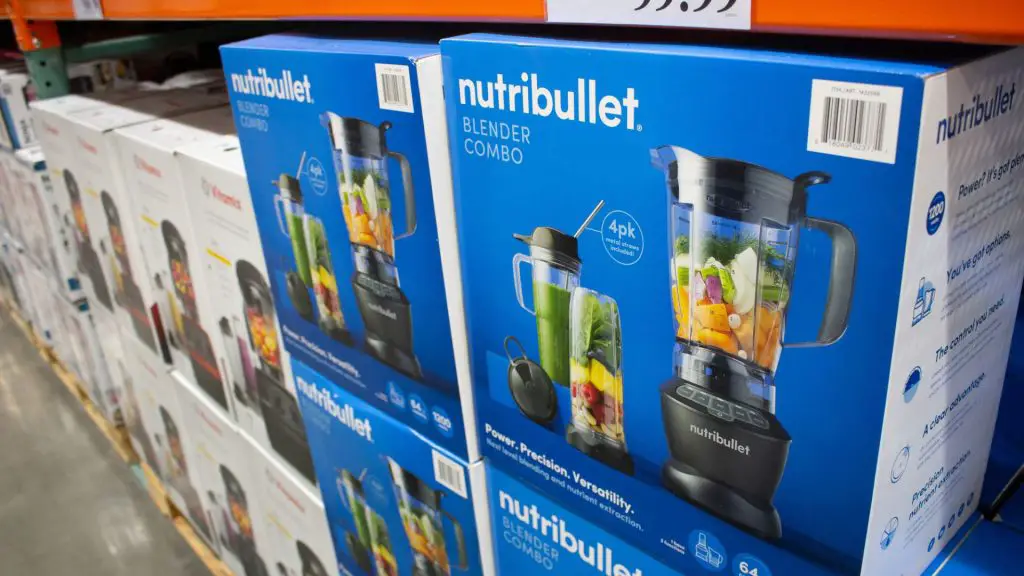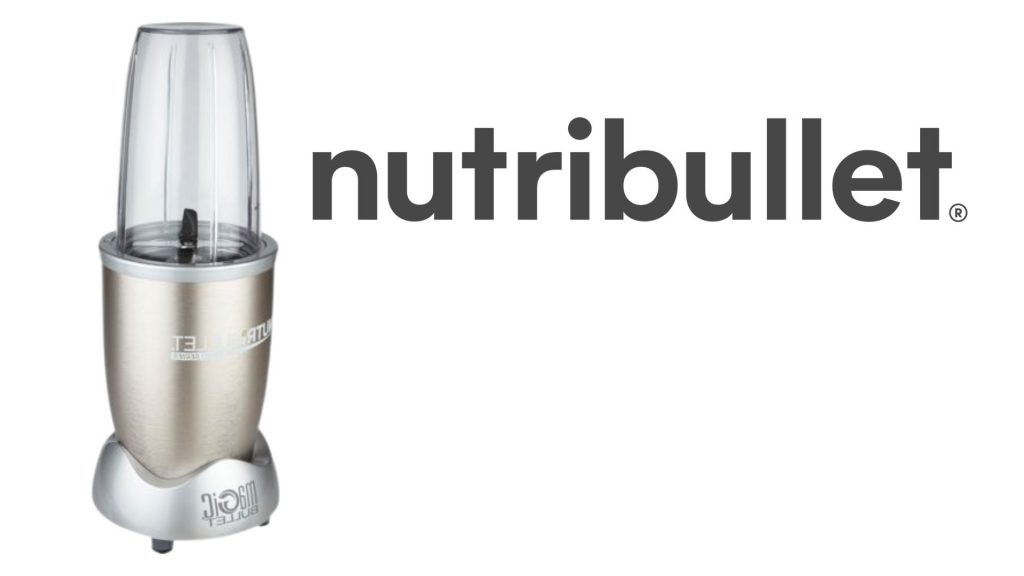For many of us, the NutriBullet has become an indispensable part of our daily routine. This mighty, pint-sized powerhouse is the perfect ally for those who, like me, enjoy a freshly-made smoothie or love to prepare homemade salad dressings or sauces.
But as with any device, NutriBullets can malfunction, break down, or get stuck. Luckily, that doesn’t always mean you need to buy a replacement immediately. Instead, the problem could be something you can fix right away without further issues.
To give you a hand at solving this conundrum and get your NutriBullet to make that delicious smoothie you’ve been planning to drink, take a look at the most common reasons why your NutriBullet stopped working—and what you can do.
NutriBullet Tips And Troubleshooting

Blades Are Not Cutting? Check Your Quantities
If your NutriBullet’s blades are not spinning, spin slowly, or fail to slice the food properly, then odds are your NutriBullet itself is not damaged beyond repair. In fact, the biggest culprit might be your quantities and blending habits.
NutriBullets have a recommended fill line, which means the device cannot guarantee efficiency if you go past this level. If you are guilty of overfilling your device, try reducing your quantities to see if that improves your situation.
Another common cause for this issue is food stuck between the blades. To ensure that’s not the case, unplug your device, remove the extractor blade, and then clean it thoroughly.
Finally, take a look at the type of food you blend in your NutriBullet. Some of the brand’s devices discourage mixing heavy solids like ice, and perhaps pushing it to the limits has caused your NutriBullet to fail at the given task and stop working.
If you have tried these approaches and none worked, then perhaps it is time to replace your blades, as they may have grown dull with time.
Leaky NutriBullet? Make Sure Everything Is In Place

If making your morning smoothie turns into a kitchen nightmare thanks to a leaking NutriBullet, you may be facing a couple of misplaced components.
First, make sure the extractor blade is tightly screwed onto the cup lid, as constant usage can make it loosen up. Likewise, when you insert the cup into the NutriBullet base, ensure it is properly secured—it has to be locked atop the matching slits.
If every component is where it is supposed to be, yet you still have a leaky NutriBullet in your hands, then the odds are you have a damaged rubber seal.
But worry not; I’ll tell you exactly what to do about it when I talk about damaged components down below.
NutriBullet Doesn’t Run? You May Be Overworking It

If your problem is that your NutriBullet doesn’t work or react at all, then you face plenty of possible causes that range from superficial to electric. To cover all potential malfunctions, evaluate the following options from least to most complex.
It may seem obvious, but first, make sure your NutriBullet is plugged into a working outlet to guarantee it can work. Afterward, please ensure the cup is properly attached and secured to the powerbase; otherwise, it will not function correctly.
If your NutriBullet functions as usual, but the blade motor stops working suddenly, you could be overworking it. Keep in mind that the recommended use of the NutriBullet is one minute or less at a time, so if you keep blending for more, you risk damaging the motor. Suggestion? Let it rest for a bit and, from now on, go in with small intervals.
If all the troubleshooting tips and steps mentioned above fail to solve the issue, you could be facing technical or electrical problems.
You May Need To Fix Or Replace Some Of Your NutriBullet Components

I have already discussed dull blades and how you may need to change them with time, but the same applies to other components of your NutriBullet, as frequent use can often wear them down.
To assist you in finding out the most likely culprit, let’s go through some of the components most prone to damage.
Broken Rubber Seals
As mentioned beforehand, broken rubber seals are a common cause of leakage on many blender devices.
NutriBullets have a gasket, or rubber seal, located underneath the extractor blade. Its task is to secure the blade to the cup and prevent liquids from oozing everywhere with each blending.
With frequent use, these rubber seals can often break apart or rip. Luckily, fixing this issue just requires buying a new gasket and throwing out the damaged one.
Damaged Cord
NutriBullets that refuse to turn on may have a damaged cord. Make sure to discard any other electrical issues beforehand and inspect your cord for exposed wires or clear signs of damage.
Unluckily enough, this issue often requires expert assistance. However, if you have soldering experience, you can check a tutorial here.
Jammed Activators
NutriBullets have a set of plastic activators, usually colored white. After placing your cup on top of your NutriBullet, these activators should move down, which will start the blending process.
Sometimes these activators can accumulate food debris, which will prevent them from moving up and down and subsequently prevent your NutriBullet from activating.
All you need to do is dip a cotton swab in vinegar, cooking oil, warm water, or regular rubbing alcohol. Once the tip is wet enough, rub it carefully on each activator and let it sit for a while. It should soften the debris and fix your device in no time.
In Conclusion
The NutriBullet can be a great addition to any kitchen if you know how to take care of it. Following the tips and troubleshooting strategies provided in this article can help you get more out of your blender.
Be sure to clean, maintain your blades, and never overfill your blender for optimal performance. With proper care, NutriBullet can provide delicious smoothies and other concoctions for years of enjoyment.
